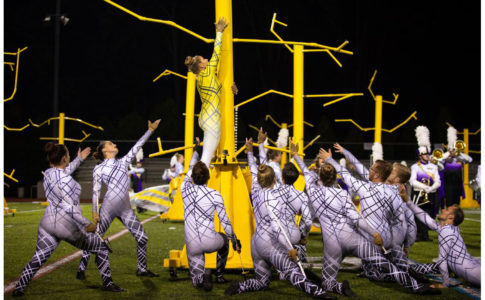Notes on a brass instrument are produced by a combination of air compression and lip compression. The balance can be shifted: The more work your air does, the less your lips have to do and vice versa.
A quick look at the musculature surrounding the lungs compared to the musculature of the face tells you that the lungs are an area of strength that you should utilize.
Breathe Deep
The first and most important step is to take full deep breaths.
The more air you have in you, the easier it is to push it out, and the more relaxed you will feel. When away from the horn, practice deep breathing to remind yourself what it feels like to fill up completely.
Sit Straight
Posture is critically important. Stand or sit up, elbows away from the body, chin lifted so there is no throat constriction. Legs should not be crossed, and your feet should be firmly planted. When sitting, feel as if you are ready to stand at a moment’s notice.
A Fluid Motion
As air enters your lungs, fill the bottom section first, eventually expanding up into your chest. Your shoulders will rise as your chest cavity swells, but don’t lift them consciously at the start of the breath—this will lead to a shallower breath.
The inhalation and exhalation are one fluid and connected movement, just like the backswing of a tennis racket. Relate your inhalation to the tempo and intensity of the entrance, just as the upstroke of the conductor’s baton relates to the music to follow.
I typically breathe precisely on beat four of a one- or two-bar count off. This timing is usually enough to get a full breath but not enough to get “stuck” at the top of the breath, which can create a stuttering attack. Timed breathing helps to coordinate all the muscles involved with the start of a note.
When you hear a great brass player, there is terrific breath control at work. It may not always be visually obvious, but the sound reveals the effort.
About the Author
Chase Sanborn is a jazz trumpet player based in Canada and the author of “Brass Tactics,” “Jazz Tactics,” “Tuning Tactics” and “Music Business Tactics.” He teaches at the University of Toronto and is a Yamaha Artist. Chase has just released his fifth CD, titled “Double Double.” Visit him on the web at www.chasesanborn.com.


